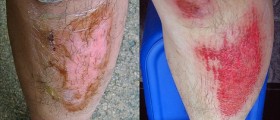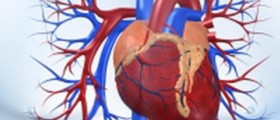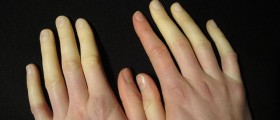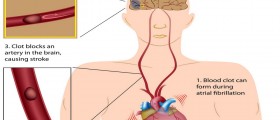
Introduction
Bruises are so common that no one really thinks about them as of a medical issue. Everyone can fall off the bike, bang the chin at the coffee table or accidentally run into something and then wake up next morning with a bruise. Bruises can hurt but they are not dangerous, at least in most cases.
A bruise or contusion is caused by a blow to the skin which causes small blood vessels to burst. The blood leaks from broken vessels into the surrounding tissue underneath the skin, making the area swell a little and turn purple, blue, green or red.
As they heal, bruises change making it possible to tell how old a bruise is just by looking at it. When it first appears, a bruise is reddish, reflecting the color of the blood that leaked and accumulated underneath the skin. In a day or two, the iron in the blood goes through some changes and the color of the bruise changes into purplish or blue. After a few more days, the blue or purple color will slowly change into green, and as the bruise heals, into yellow or brownish. The time a bruise requires to heal varies from person to person but in general the skin goes back to normal after 15 or 20 days.
Causes of bruises
Not everyone bruises equally. The intensity of the blow required to create a bruise depends on various factors, including age. Elderly people bruise more easily than younger ones, because their blood vessels are more fragile and thus more prone to breaking. In fact, bruising can occur even without an injury in elderly people.
Another factor that makes a person more prone to bruises is medication. Certain drugs interfere with the process of blood clotting and thus cause more leakage of the blood into the skin or tissues. These drugs include some of the over-the-counter medications, especially non-steroidal anti-inflammatory drugs such as ibuprofen, and naproxen, as well as Aspirin. There are also prescription drugs, like Warfarin, that have the same effect, prescribed to people who have problems with blood clots. Cortisone medications also increase the chance of bruising because they make the blood vessels more fragile.
However, certain blood disorders are known for having easy bruising as one of the symptoms. Those are generally the disorders in which the process of blood clotting does not function properly. It can be an inherited disorder, such as hemophilia, or an acquired clotting problem, as it happens to people with liver diseases, such as cirrhosis.

















Your thoughts on this
Loading...